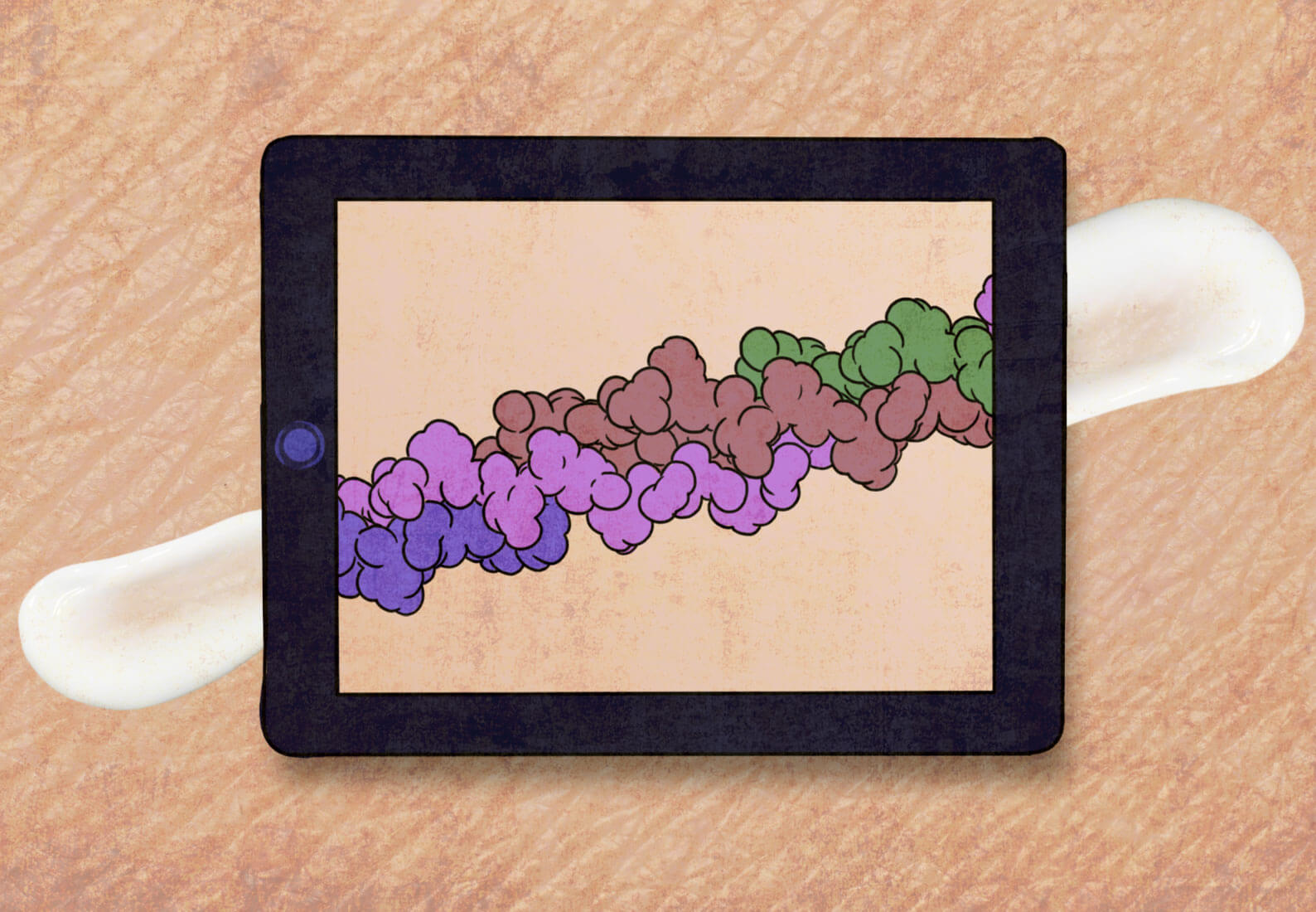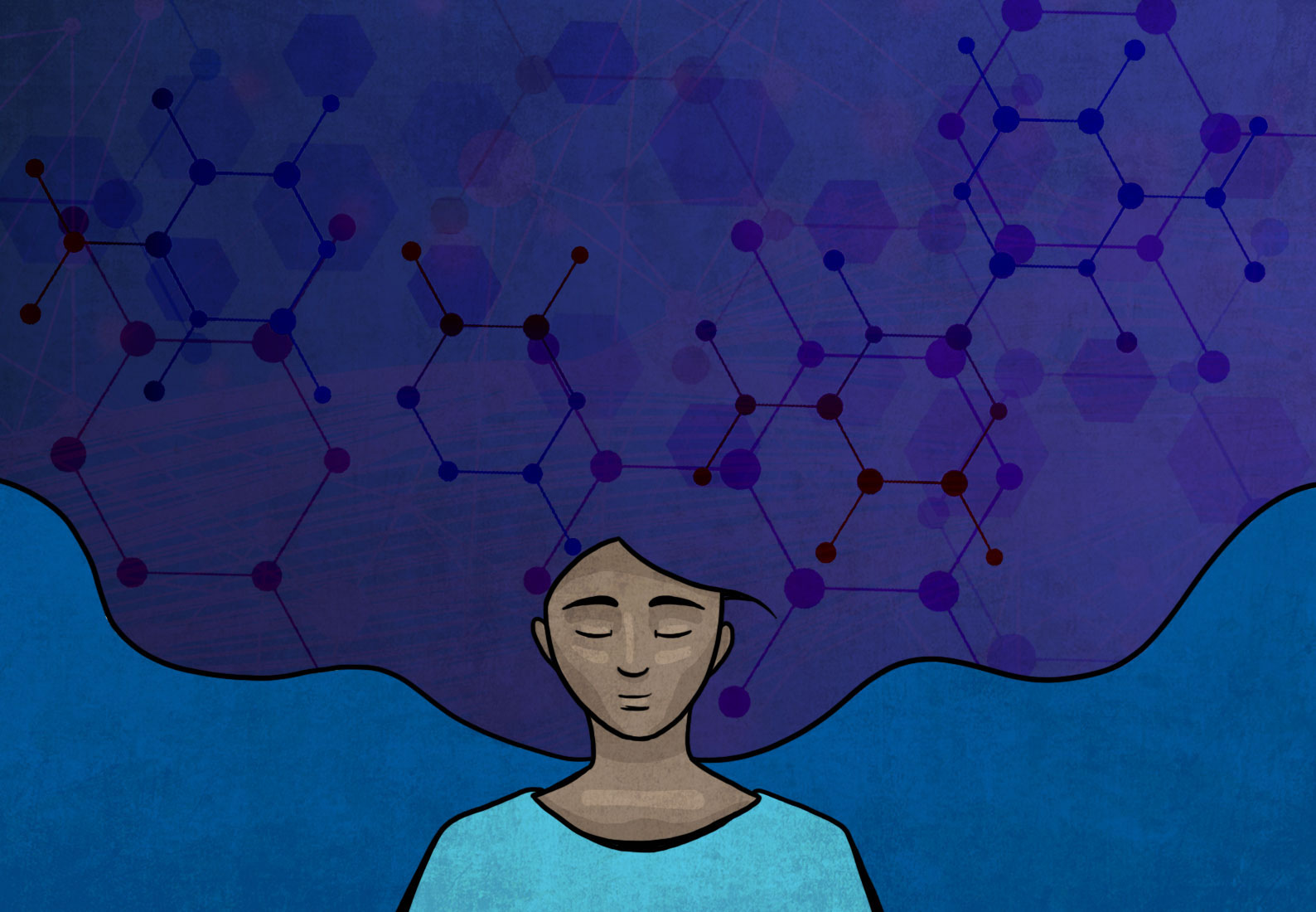From agriculture to fashion, companies across every industry are examining their reliance on fossil-based materials in an effort to reduce environmental waste and cut emissions. Thanks to rapid advancements in biomanufacturing and new tools like precision fermentation and enzyme engineering, biomaterials have emerged as a cleaner and more sustainable alternative to petrochemicals in many products. In order to keep pace with increasing demands for these biomaterials, researchers are turning to advanced computational and artificial intelligence methods, including machine learning, to speed up the innovation process.
Cambrium, a German startup company, designs novel, biomaterials that have a positive impact on people’s everyday lives, starting with sustainable ingredients for personal care products. In the same way automotive companies use various software tools to design new cars, Cambrium leverages an integrated suite of technologies, including Schrödinger’s computational platform, to perform high-throughput, computer-aided design of proteins with unique functionalities that are not necessarily found in nature. The computational tools aid researchers in efficiently optimizing both the material performance and the manufacturing scalability of these proteins. “It is almost always less expensive, both in time and capital, to test things in the computer before running real experiments in the lab,” says Pierre Salvy, Cambrium’s head of engineering.
The first step in Cambrium’s design process involves a proprietary protein programming language that incorporates machine learning and generative AI, allowing their scientists to design candidate proteins for specific applications. While this technology enables incredibly fast and efficient initial design of a candidate protein, there are limitations. Many “off-the-shelf” machine learning algorithms, despite being highly successful at predicting protein structures, are not trained in physics. That means they cannot account for dynamics, or time-dependent behavior, which dictates a protein’s function. As a result, they sometimes make mistakes that are obvious to experts. This is where physics-based simulations have a clear advantage.
By combining the speed of machine learning with the accuracy of Schrödinger’s physics-based simulation methods, Cambrium is tapping into a new world of potential for novel biomaterials.
Grounded in nature’s first principles, physics-based simulation methods like molecular dynamics (MD) have a long history of accurately modeling the dynamical behavior of proteins in different environments. By integrating Schrödinger’s physics-based computational technology into Cambrium’s design process, expert knowledge and physics-based simulations are injected into the system. This allows the AI platform to learn from its mistakes, increasing the chances of correct future predictions.
“We use models with different degrees of accuracy, from fast, coarse-grained surrogate functions to finely-detailed physics simulations—and for the latter, collaborating with Schrödinger made obvious sense,” says Salvy. His team also carries out a thorough testing process to ensure their computational platform is producing the correct predictions. “We have a two-gated success criterion: Does the protein perform in our virtual testing environment? And does it perform in real life? Success is necessary at the first gate before devoting capital to the second performance metric,” Salvy explains. Not every protein designed with AI methods will be a promising candidate, and being able to recognize this early is critical to Cambrium’s success.
Leveraging their computational design process, Cambrium was able to rapidly bring their first commercial product to market: NovaCollTM, the first micro-molecular collagen produced via precision fermentation, avoiding the use of animals in supply chains. By combining the speed of machine learning with the accuracy of Schrödinger’s physics-based simulation methods, Cambrium is tapping into a new world of potential for novel biomaterials.











